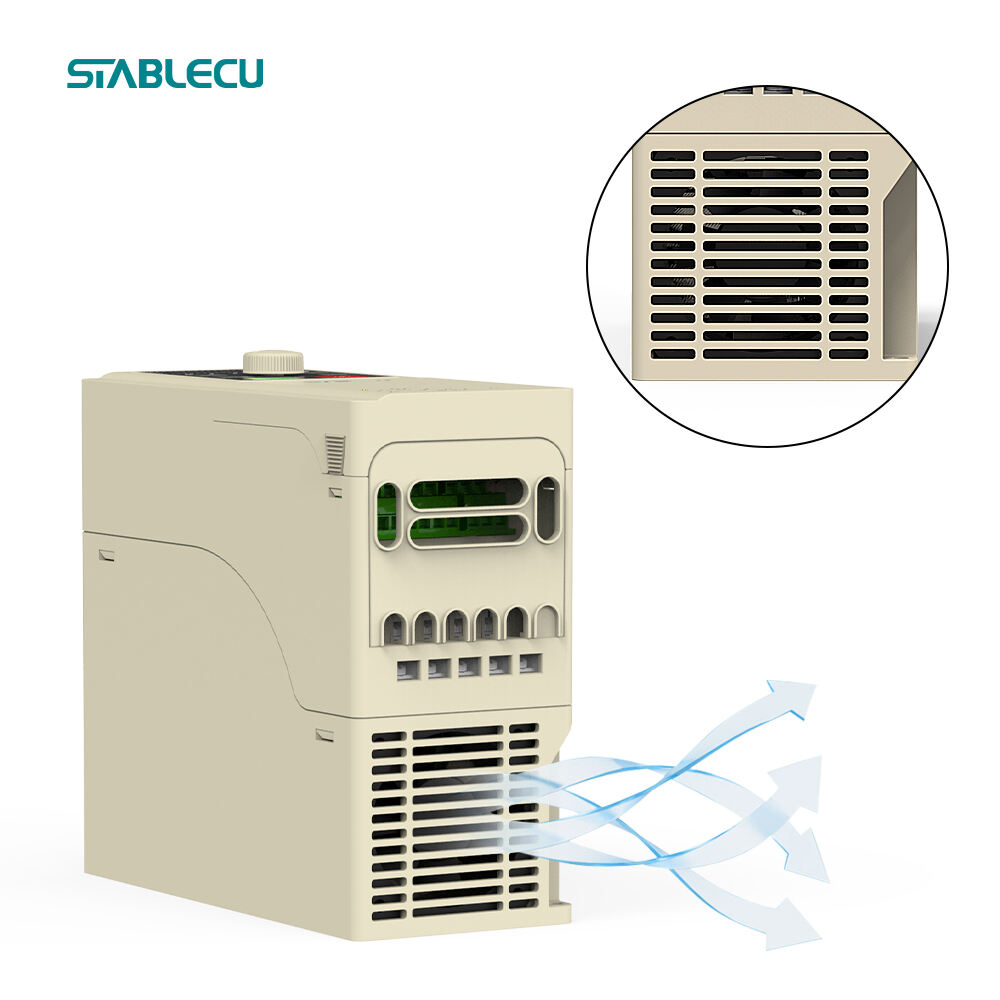Variable Frequency Drivers of Efficient Control Systems
Variable Frequency Drive is an electronic system which changes frequency and voltage supplied to an electric motor. Changing these parameters allows Variable Frequency Drives to adjust motor’s speed which determines performance of machinery. This ability significantly saves energy by providing optimal levels of operations rather than fixed speeds which may be inefficient.
The main advantage of Variable Frequency Drives is their contribution to saving energy. By minimizing the need for throttling or resistance-based speed control techniques, they reduce wastage of energy saving substantial amounts in future. For this reason, they make motors use only the right amount of power required to sufficiently undertake tasks hence avoiding higher consumption rates usually observed when using conventional on/off control mechanisms.
Besides, Variable Frequency Drives facilitate better start-up and shut-down functions for motors. They are also capable of soft starting thereby reducing mechanical stress on both motor and driven equipment thus extending their life spans while reducing maintenance costs. Moreover, smooth acceleration/ deceleration enable improved process control and product quality by reducing abrupt load shifts that could cause damage or interrupt production lines.
VFDs are used widely across many industries including HVAC, water treatment, oil/gas industry, textiles and food processing among others. In heating ventilation air conditioning systems (HVAC), airflow optimization can be achieved by using Variable Frequency Drives that control fan as well as pump speeds accurately so as to ensure comfort while limiting power utilization. Likewise, water treatment plants rely on Variable Frequency Drives for pumping water with consistent pressure at different flow rates based on demand
Variable Frequency Drives are also essential in textiles industries for regulating the speed of machines that are used to spin fibers into yarn or weave fabric thereby altering the final product. Food processing plants on the other hand, require VFDs to maintain constant production rates and to enhance quality of the processed products.
With advancing technology, intelligent Variable Frequency Drives are continuously becoming more embedded with other automation systems. They can now communicate wirelessly, be monitored remotely and be programmed to respond to complex conditions making them even more important for industrial automation and data-driven decision making.
In summary, it can be argued that Variable Frequency Drives are not merely energy efficient, but also a path to intelligent enterprises that are flexible and sustainable. An important aspect of Variable Frequency Drives is their ability to adjust the speed of motors exactly as required by the process, making them crucial for improving productivity and saving environment. In today’s industries where there is increasing need for better ways to perform, Variable Frequency Drives remain a symbol of advanced control systems that could revolutionize manufacturing and more.


 EN
EN
 AR
AR
 BG
BG
 HR
HR
 CS
CS
 DA
DA
 NL
NL
 FR
FR
 DE
DE
 EL
EL
 HI
HI
 IT
IT
 JA
JA
 KO
KO
 PL
PL
 PT
PT
 RO
RO
 RU
RU
 ES
ES
 SV
SV
 CA
CA
 TL
TL
 ID
ID
 SR
SR
 UK
UK
 VI
VI
 SQ
SQ
 HU
HU
 TH
TH
 TR
TR
 FA
FA
 AF
AF
 MS
MS
 KA
KA
 BN
BN
 LA
LA
 TA
TA
 KK
KK
 UZ
UZ
